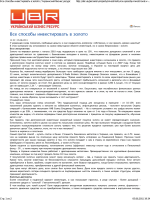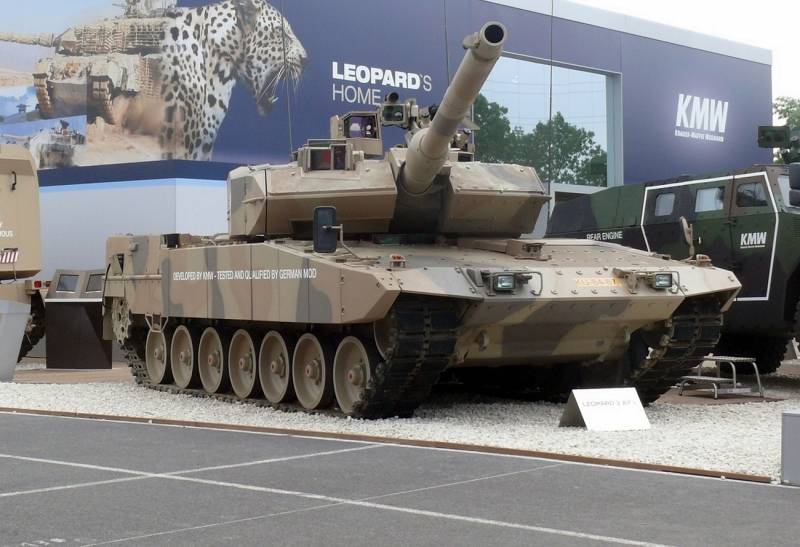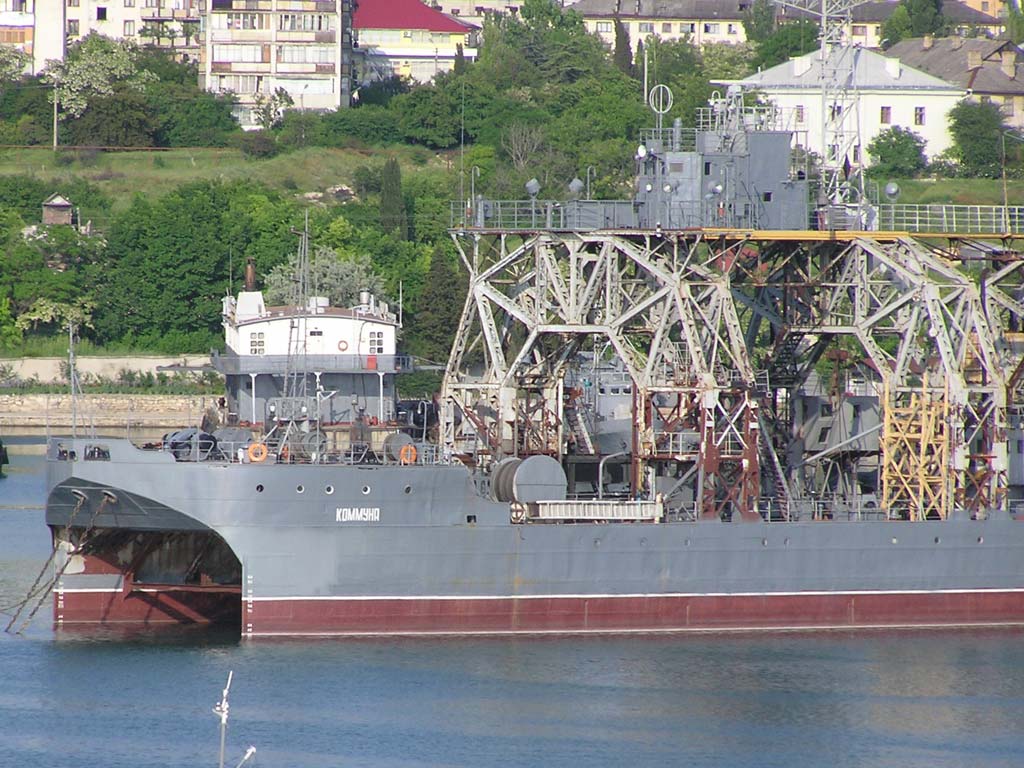
The Tyrvitta plan failed
Content
German trawls in action by Felix Schwarmstadt. Photo Collection of Andrzej Danilevich
The end of the North Sea War is little known in our historiography. Apart from the attack on Zeebrug, other operations of this period are described very modestly.
At the end of the summer of 1918, the stalemate after the Battle of Jutland continued in the North Sea. On the one hand, the Royal Navy maintained control of the sea, on the other hand, the core of the Hochseeflotte forces stood in the ports of the Helgoland Bay. From the beginning of 1917, the British, in order to protect themselves from an unexpected attack by German troops, built huge mine pens, in fact, supplementing the minefield erected at the beginning of the war in Helgoland Bay.
The Germans, on the other hand, constantly carried out minesweeping to secure an exit for their forces. Of course, the Royal Navy did not look at the actions of the Germans idly and tried to thwart the plans of the enemy mine countermeasures. This is how actions in the North Sea proceeded from 1917. The apogee of these actions falls on mid-November, when 17 tm. There was a second battle for Hellas (the first took place on August 28, 1914), during which attempts were made to destroy the German trawl forces. The whole operation was not very successful for the Royal Navy, which, although it had an advantage, was not successful (not counting the hit of a 381-mm projectile from the light cruiser Koenigsberg). Fortunately, no major losses were suffered, despite the fact that even the battleships Kaiser and Kaiserin took part in the battle on the side of the Germans.
Therefore, it was decided to change tactics and destroy the German minesweepers before they reached the English mine pens. Meanwhile, the Germans were preparing new trawl units for operation, i.e. trawlers are small, cheap and quickly built type F. It was these ships and their escorts that became the next target of the Royal Navy.
Up to five times a piece
At the headquarters of the Royal Navy, a plan for an attack on the mouth of the Ems was relatively slowly brewing. There were several problems. The most important was the course that the ships of the attacking team were supposed to follow. It was decided to follow the route along the Dutch coast in Dutch territorial waters, out of reach of the German minefields. This brought with it some diplomatic problems, but the war was almost over.
and the Allies could afford to act more ruthlessly in the waters of neutral Holland. The second problem was the composition of the forces for the attack. It turned out that there were only relatively large destroyers in the Royal Navy, which could not pass close to the coast because of the heavy draft and sandbars. The smaller torpedo boats were mostly old and spare, so they were also out of the question. It was decided to use a new type of ships - high-speed motor boats.

